Almost every Sunday, my mom makes our family either katsu or curry. Sometimes a combination of both to make katsu curry.
The term “katsu” is derived from “katsuretsu,” meaning “cutlet.” Typically made from pork (tonkatsu) or chicken (chicken katsu), the meat is breaded and fried to perfection.
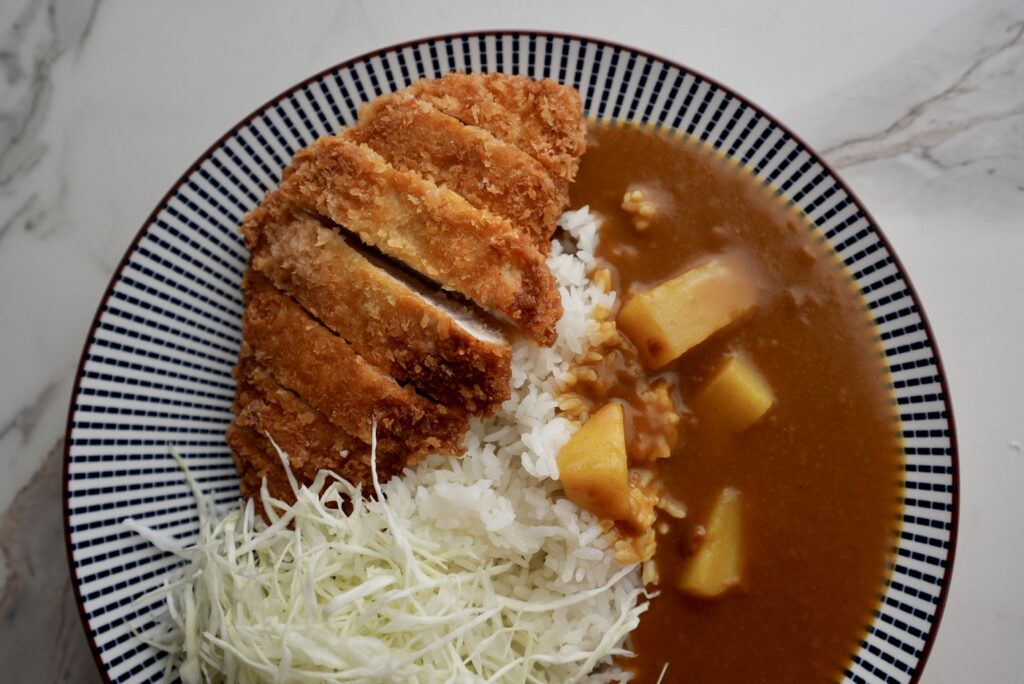
Katsu curry is a relatively recent addition to Japanese cuisine, which melds elements of both Japanese and Western culinary traditions.
Curry itself was introduced to Japan by the British during the Meiji era (1868-1912) and was initially considered a Western dish. The Japanese adapted the curry to their tastes, creating a sweeter, milder version compared to its Indian counterpart.
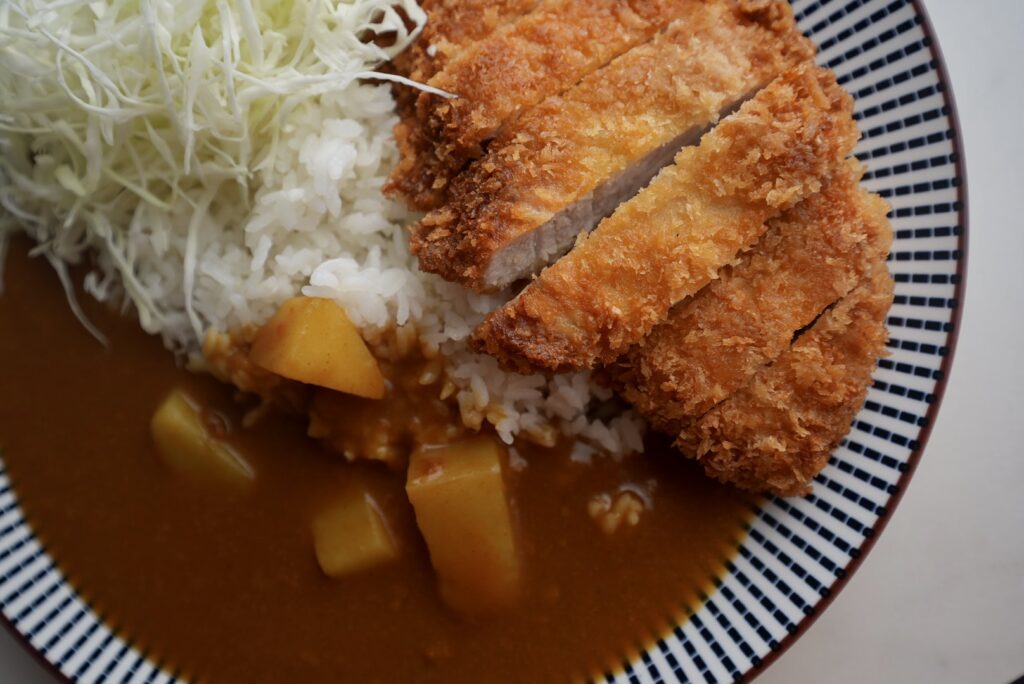
How to Make Katsu
- Pound the chicken or pork to an even thickness and season with salt and pepper.
- Dredge the meat in flour, dip in beaten egg, then coat with panko breadcrumbs.
- Heat oil in a pan over medium heat.
- Fry the cutlets until golden brown and cooked through.
- Drain on paper towels, slice, and serve with rice and curry.
Depending on if you prefer to deep-fry, air-fry, or bake your katsu, I have instructions on how to do so on this recipe here. I personally think deep-frying gives that classic golden-brown crispiness, but air-frying or baking is a healthier, less greasy alternative.
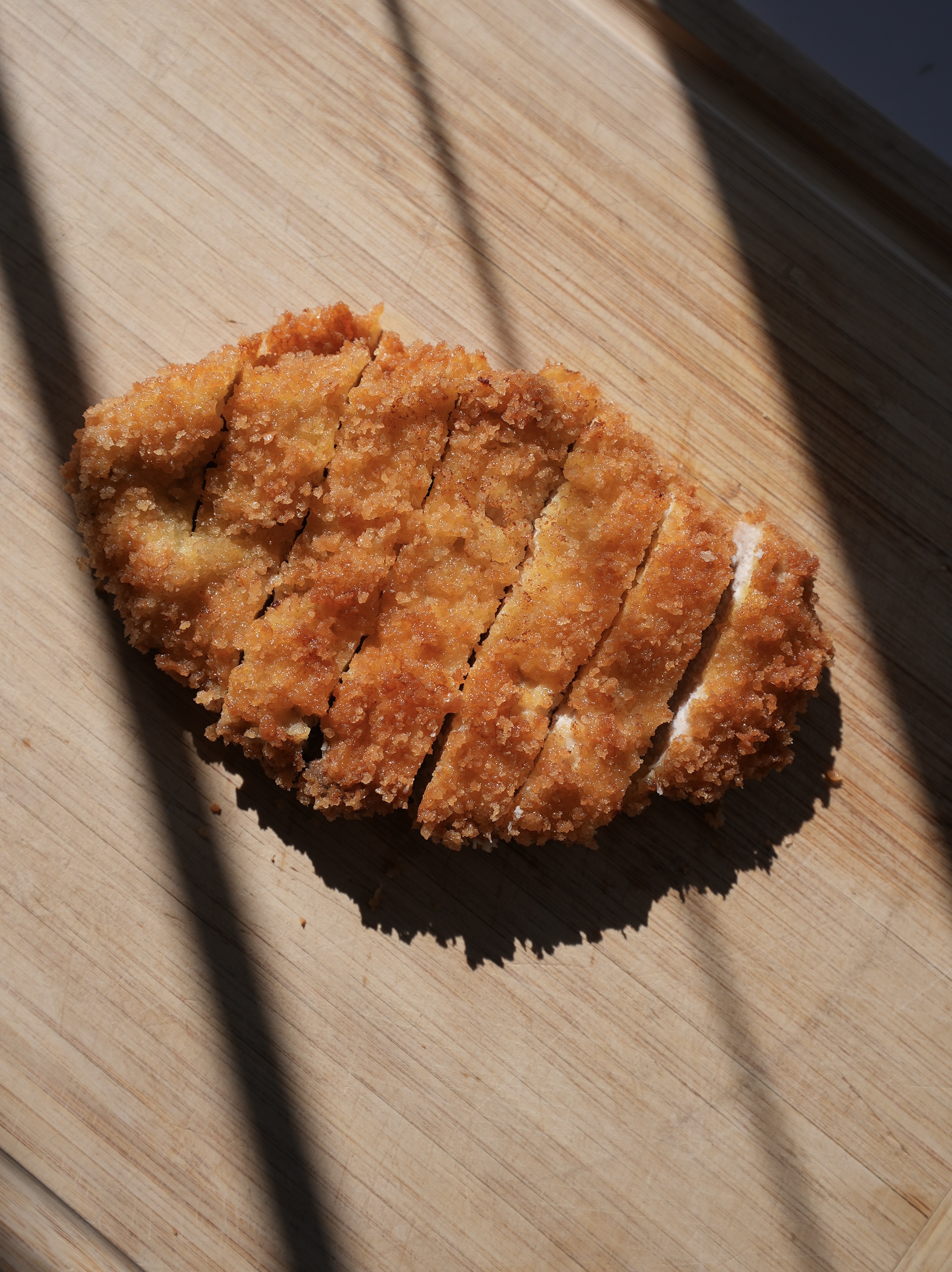
Different Ways to Use Japanese Curry
Japanese curry is incredibly versatile, offering a rich and comforting base that can be used in a variety of dishes. Its mild yet flavorful sauce, made with a blend of curry powder, roux, and vegetables, can be paired with so many different ingredients.
Here’s a few different ways curry can be enjoyed:
- Katsu Curry: Combines a crispy, breaded pork cutlet (or other protein) with the rich curry sauce served over rice.
- Curry Pan: Deep-fried bread is filled with warm curry.
- Curry Udon: Curry is poured over thick, chewy udon noodles and mixed with a dash-based broth.
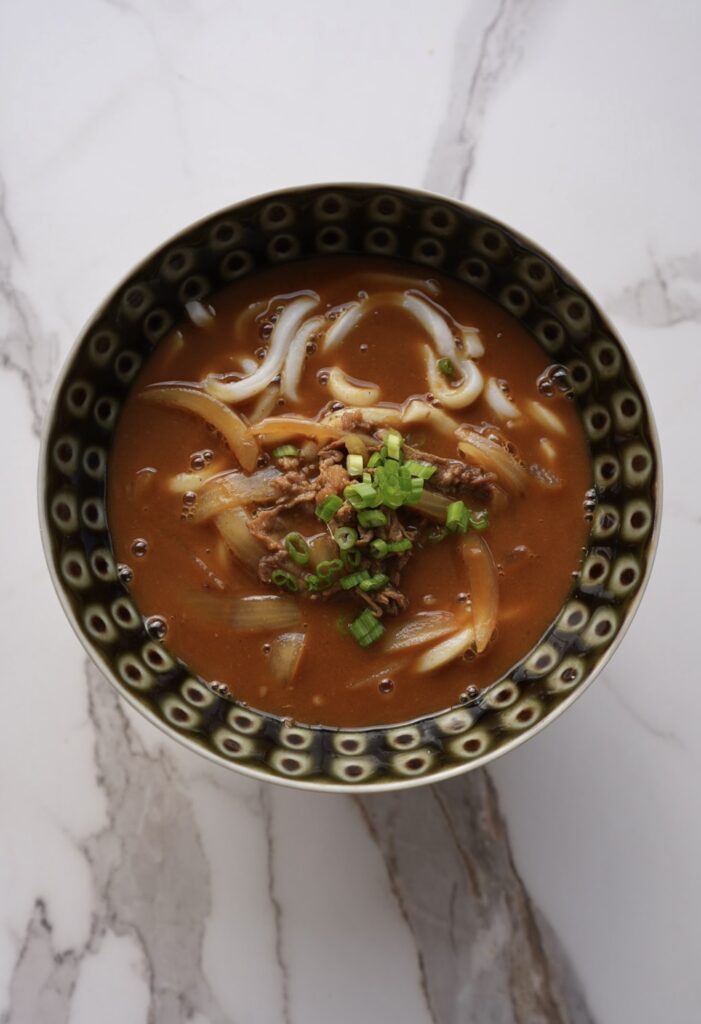
What Type of Curry Roux to Use
To make the base of Japanese curry, you will need Japanese curry roux. It’s a concentrated curry base made by cooking flour, oil or butter, and Japanese curry spices into a thick paste, often sold in block or cube form. When added to simmering meat and vegetables, it melts into a rich, savory, slightly sweet curry sauce that’s a staple in Japanese home cooking.
I recommend using curry roux from one of the following brands:
- Java Curry – Pictured; the one I like the most because I think it is the spiciest!
- Vermont Curry – Best for those who like curry on the sweeter side.
- S&B Golden Curry – I usually switch between Java and S&B depending on what’s available.
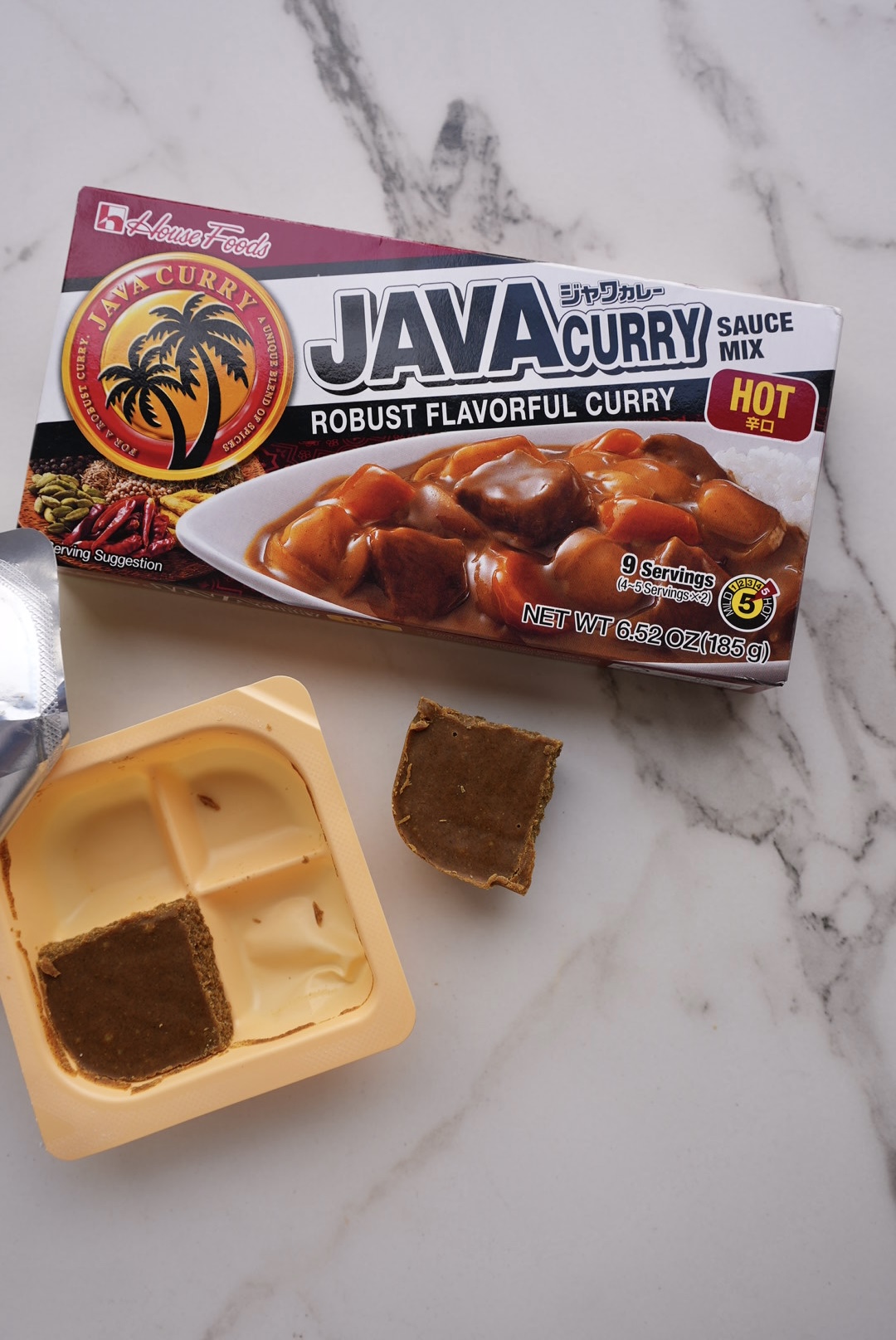
What Type of Rice to Use
Choosing the right type of rice can be confusing, especially with so many varieties available. In Japanese cooking, however, Japanese short-grain or medium-grain rice is almost always the go-to choice.
Short-grain rice, often labeled as sushi rice, is particularly prized for its soft and chewy texture, which pairs beautifully with traditional Japanese dishes. Medium-grain rice is a great alternative if short-grain isn’t available (I actually almost always use medium-grain myself because it’s generally cheaper where I live!). Both are ideal for recipes like this one, where the rice’s stickiness helps meld the flavors into every bite.
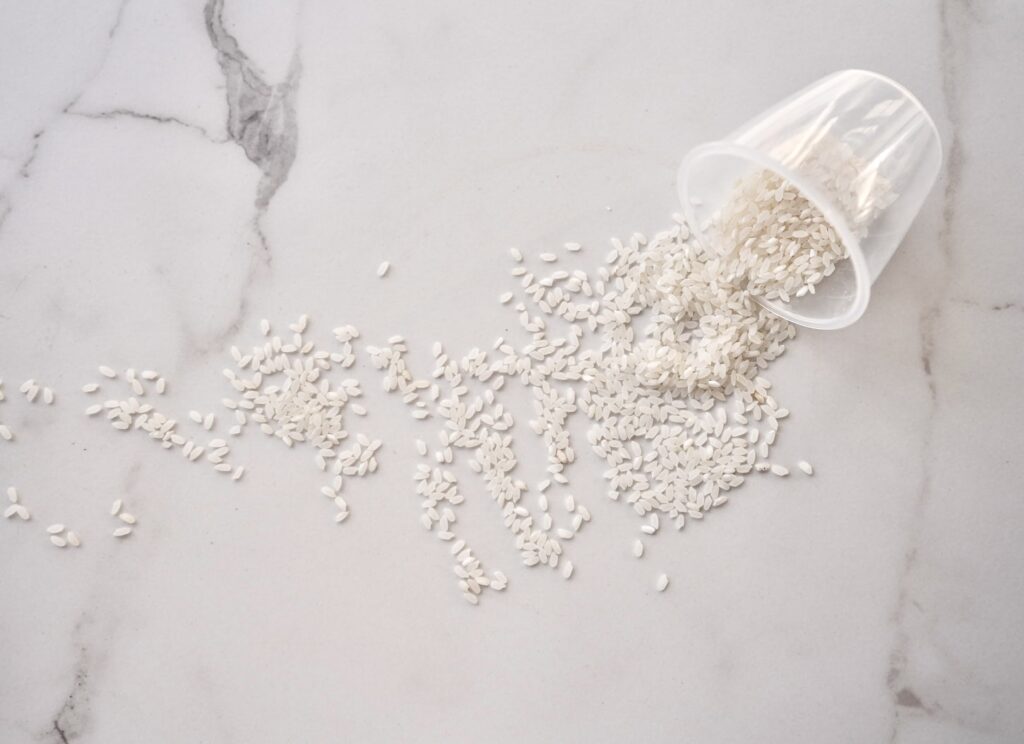
Recommended Rice Cookers
Do I need to have a fancy rice cooker? NO! Just like anything, generally, the higher the quality, the better. But you can make great rice in a cheap rice cooker, too!
Click the rice cooker photos to see my favorite rice cookers. I included a budget-friendly rice cooker I love! I use the Tiger 5.5-cup model shown. About 1/2 cup of Japanese short- or medium-grain rice makes 1 serving.
Key Features to Look For in a Rice Cooker:
- Timer and Keep Warm Function: Useful for planning meals ahead of time and keeping them warm until you’re ready to eat.
- Steaming Basket or Tray: Allows you to steam vegetables or cook other ingredients while the rice cooks.
- Multiple Cooking Functions: Ensure it has settings for steaming, slow cooking, and possibly even baking.
- Non-Stick Inner Pot: Makes cleaning easier and prevents sticking.
Check out my other recipes that use Japanese curry!:
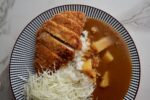
Katsu Curry (カツカレー)
- Total Time: 80 minutes
Description
Katsu curry is a comforting Japanese dish that combines a crispy breaded cutlet with a rich, mildly spiced curry sauce served over rice.
Ingredients
For the Katsu:
- 8 boneless pork loin chops (about 1/2 inch thick)
- Salt and pepper to taste
- 1/2 cup all-purpose flour
- 4 eggs
- 2 cups panko
- Vegetable oil for frying
For the Curry:
- Optional add-ins: 1 potato, diced, 1 large carrot, sliced, 2 cups mushrooms, sliced (I used shiitake, but any type is fine)
- 1 box Japanese curry roux
- 5 1/3 cup water (amount needed depends on your desired level of thickness; add more or less for a thinner or thicker sauce. I suggest waiting until the roux has completely dissolved first before adding more water)
- 4 cups cooked Japanese short-grain or medium grain rice
Instructions
- Begin by making the katsu. Lightly pound the pork chops with a meat mallet to tenderize and flatten them to about 1/4-1/2 inch thick.
- Season both sides of the pork chops with salt and pepper.
- To a large plate (preferably with taller rims) or large, shallow bowl, crack your eggs and beat them with a fork for about 30 seconds. Add in your flour and mix to combine with the eggs. On another plate, add your panko.
- Dredge each pork chop in the egg/flour mixture, shaking off any excess.
- Press the pork chop into the panko breadcrumbs, ensuring an even coat on all sides. Press gently to make sure the breadcrumbs adhere.
- If deep-frying, skip this step. If air frying, place a tonkatsu in your air fryer bin and spray with oil. Cook at 350°F for 10 minutes. Flip, spray with oil, and cook for an additional 5 minutes.
- If air-frying, skip this step. Heat about 1/2 inch of vegetable oil in a large skillet. Allow the oil to reach around 350°F (175°C). Place the breaded pork chops into the hot oil. Fry for about 3-4 minutes on each side, or until golden brown and cooked through. I usually limit to cooking two at a time to avoid the tonkatsu from touching each other. Use tongs to remove the pork chops and place them on a paper towel-lined plate to drain any excess oil.
- Slice the tonkatsu into 1 inch strips and set aside.
- Begin making the curry. Add the water to the pot, followed by the potatoes, carrots, and mushrooms (if using). Increase the heat to high and bring to a boil, cooking until the potatoes and carrots are tender.
- Stir in the curry roux until fully combined. Adjust the water to your desired level of thickness.
- Serve the curry on top of rice and with katsu on the side.
- Prep Time: 50 minutes
- Cook Time: 30 minutes
Nutrition
- Serving Size: 8

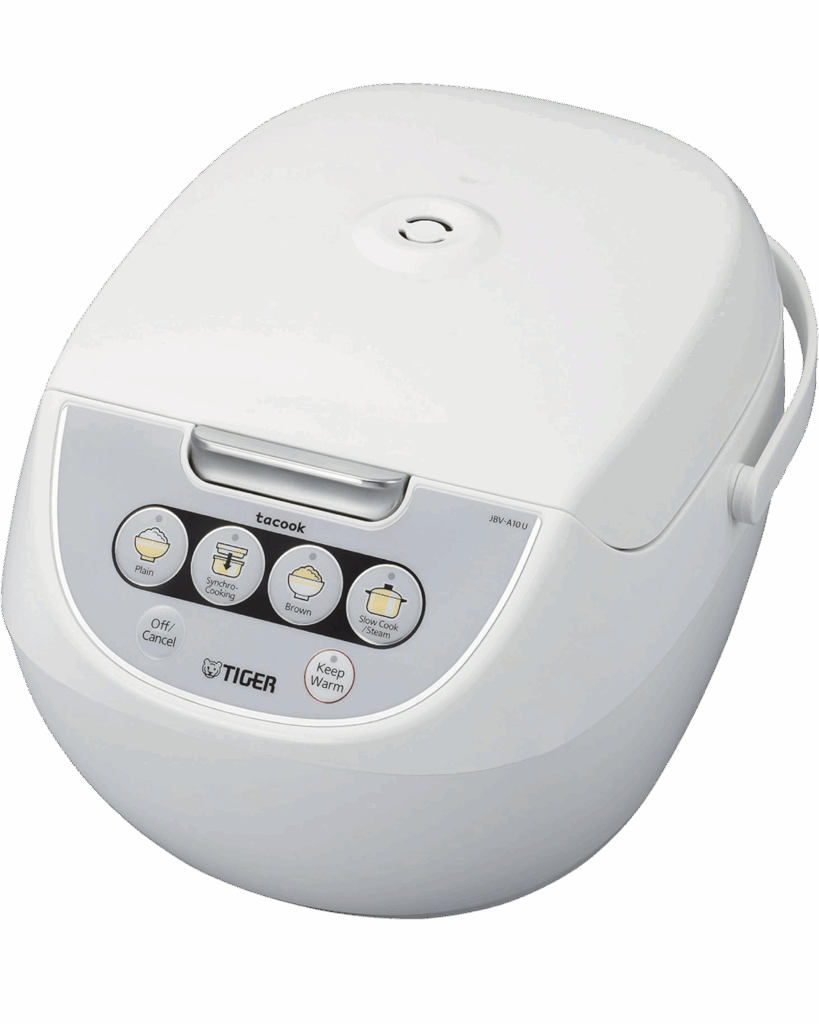
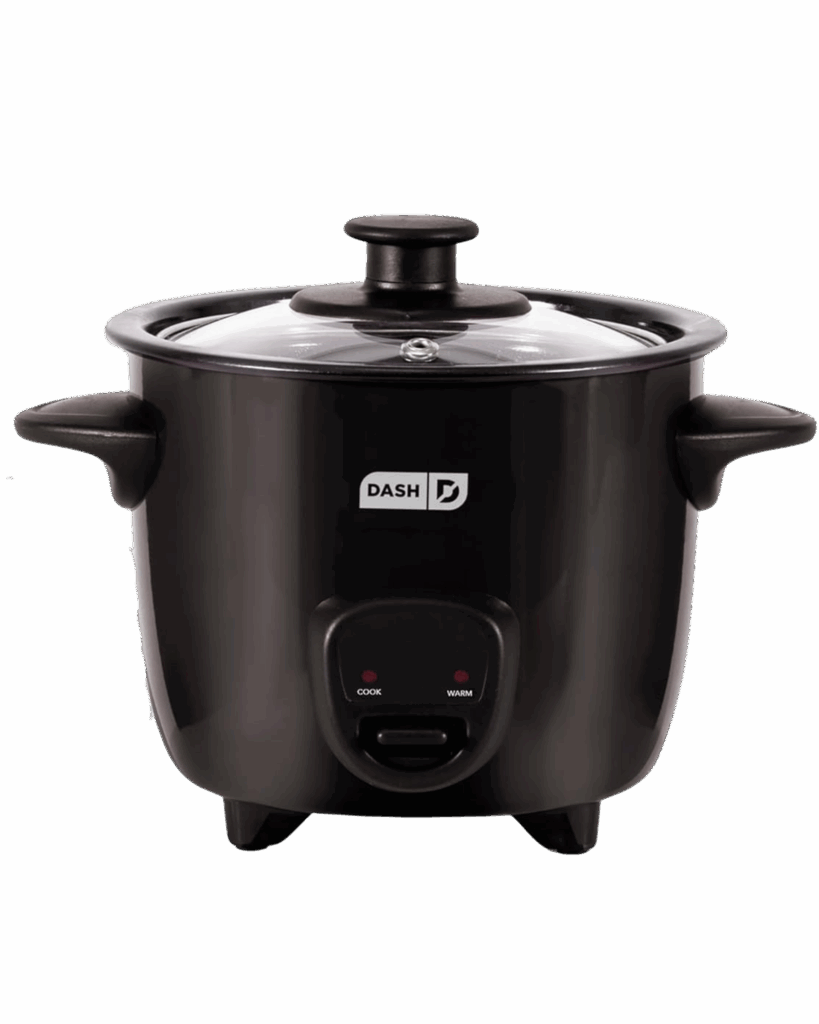
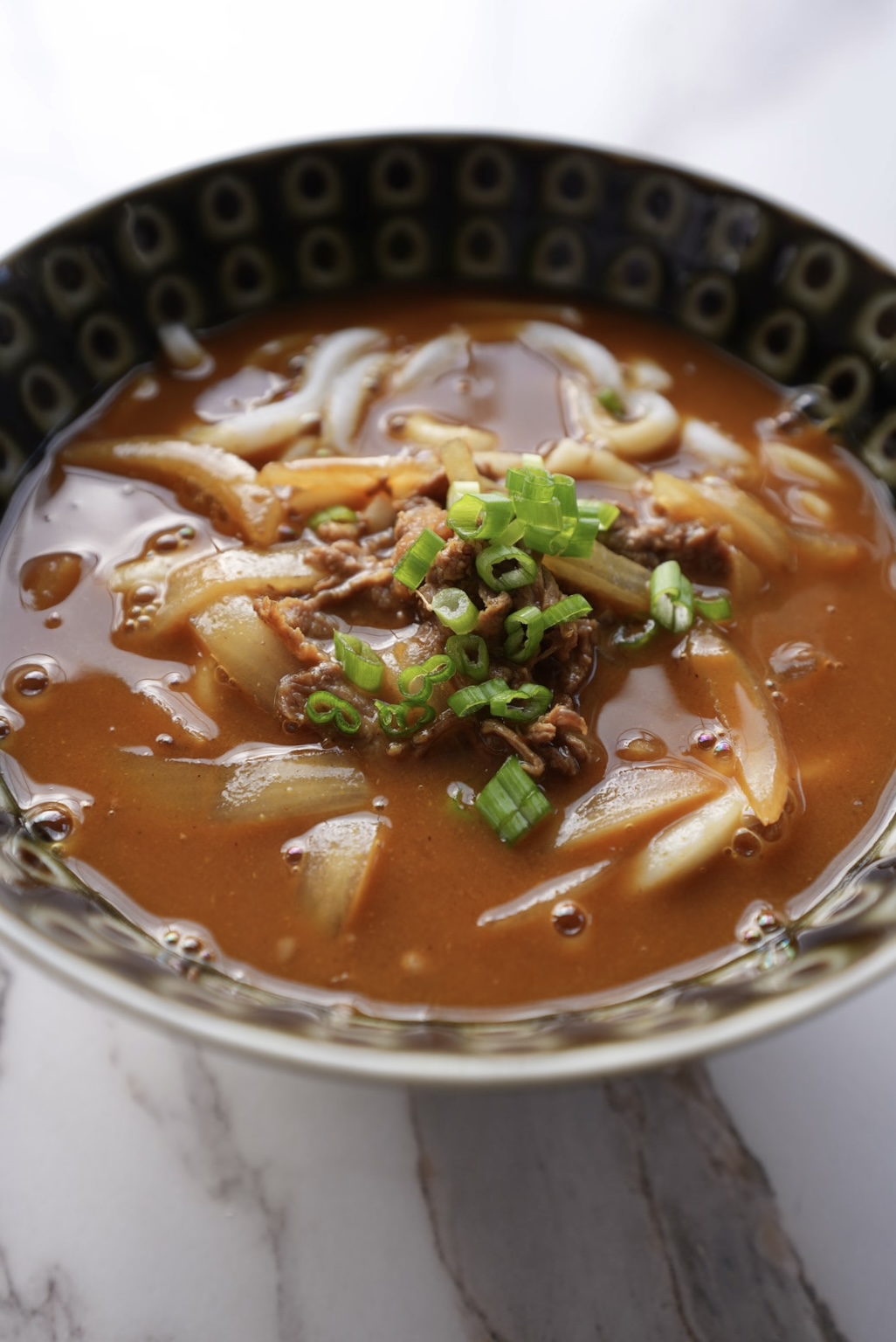
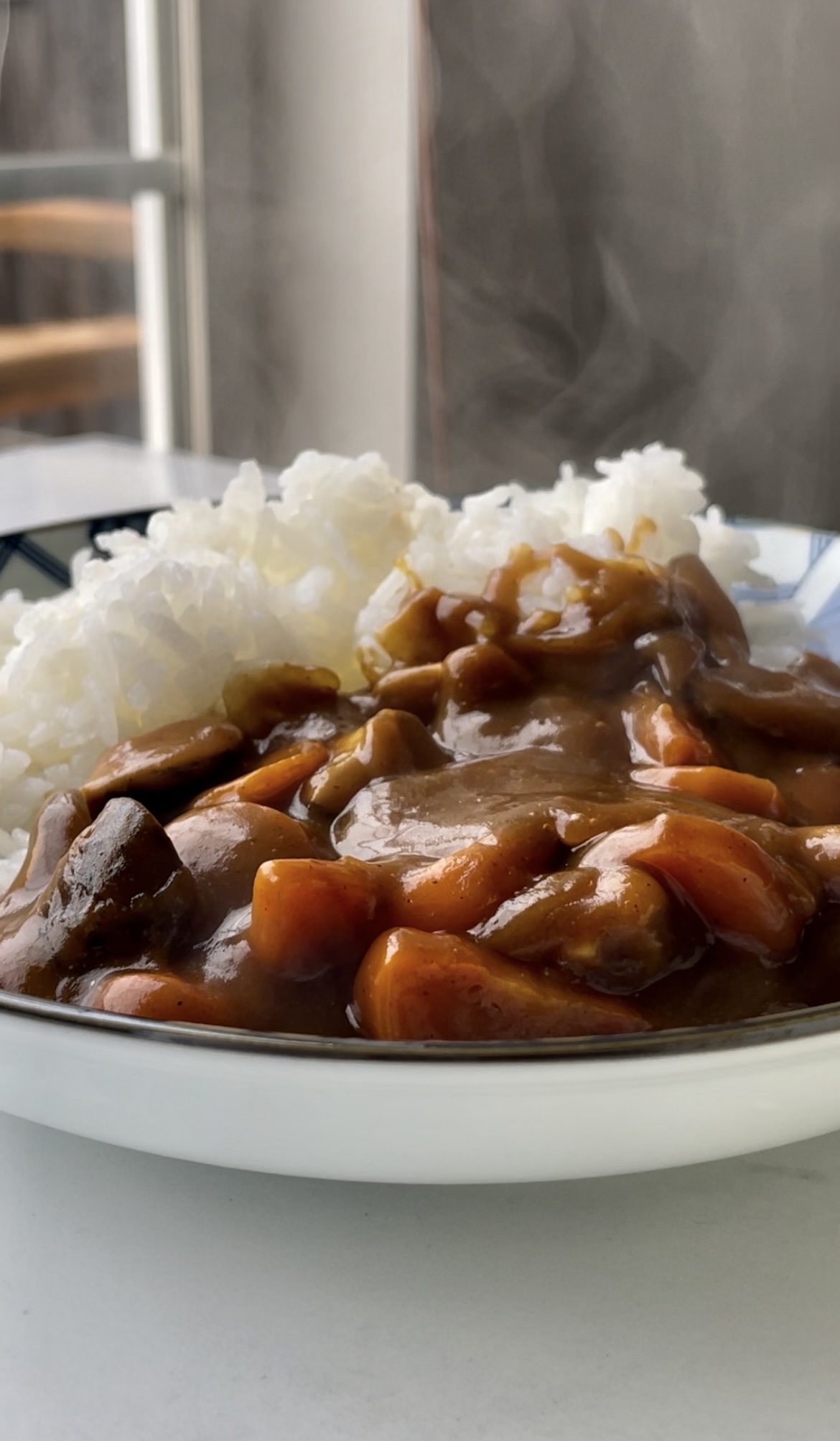
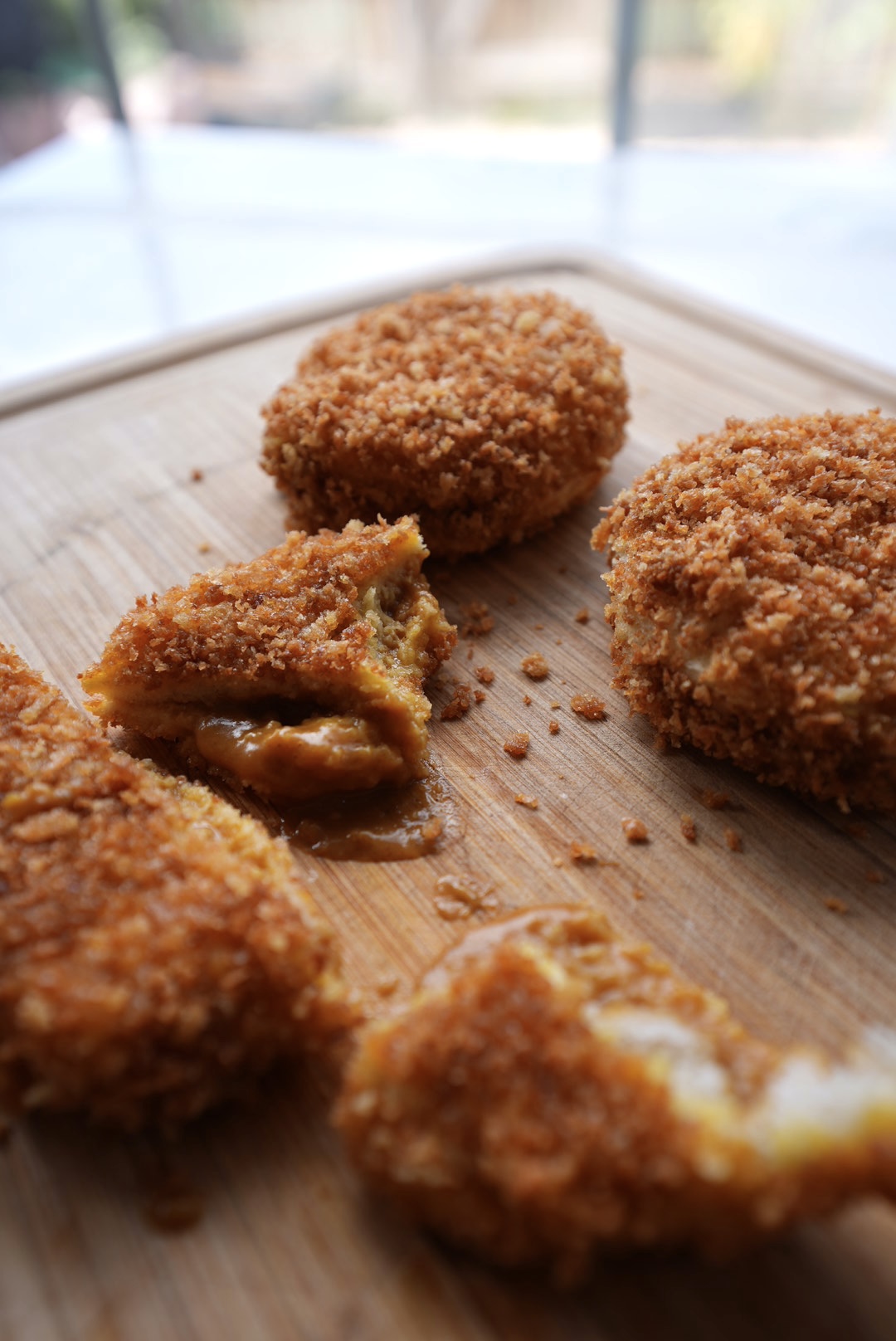



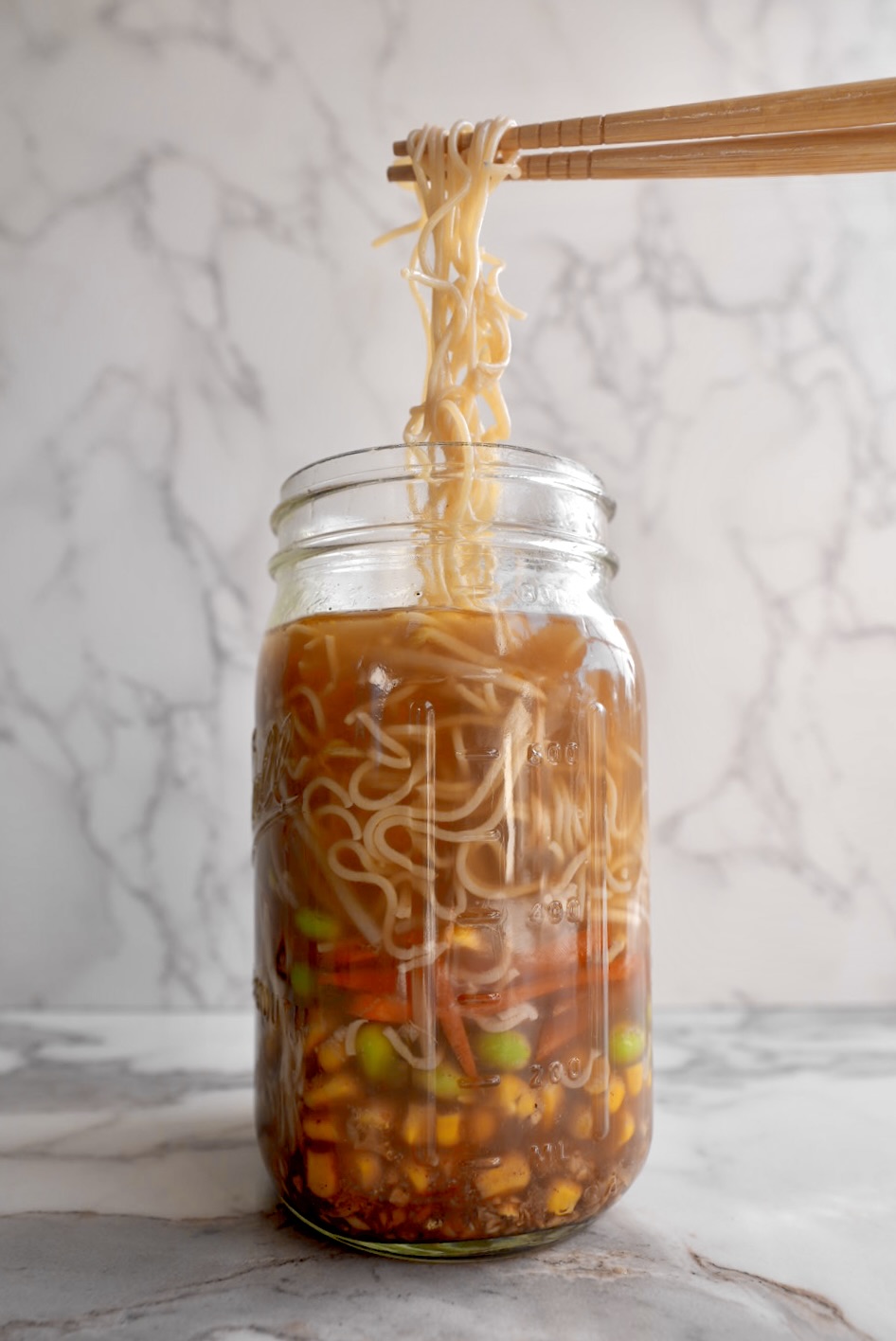
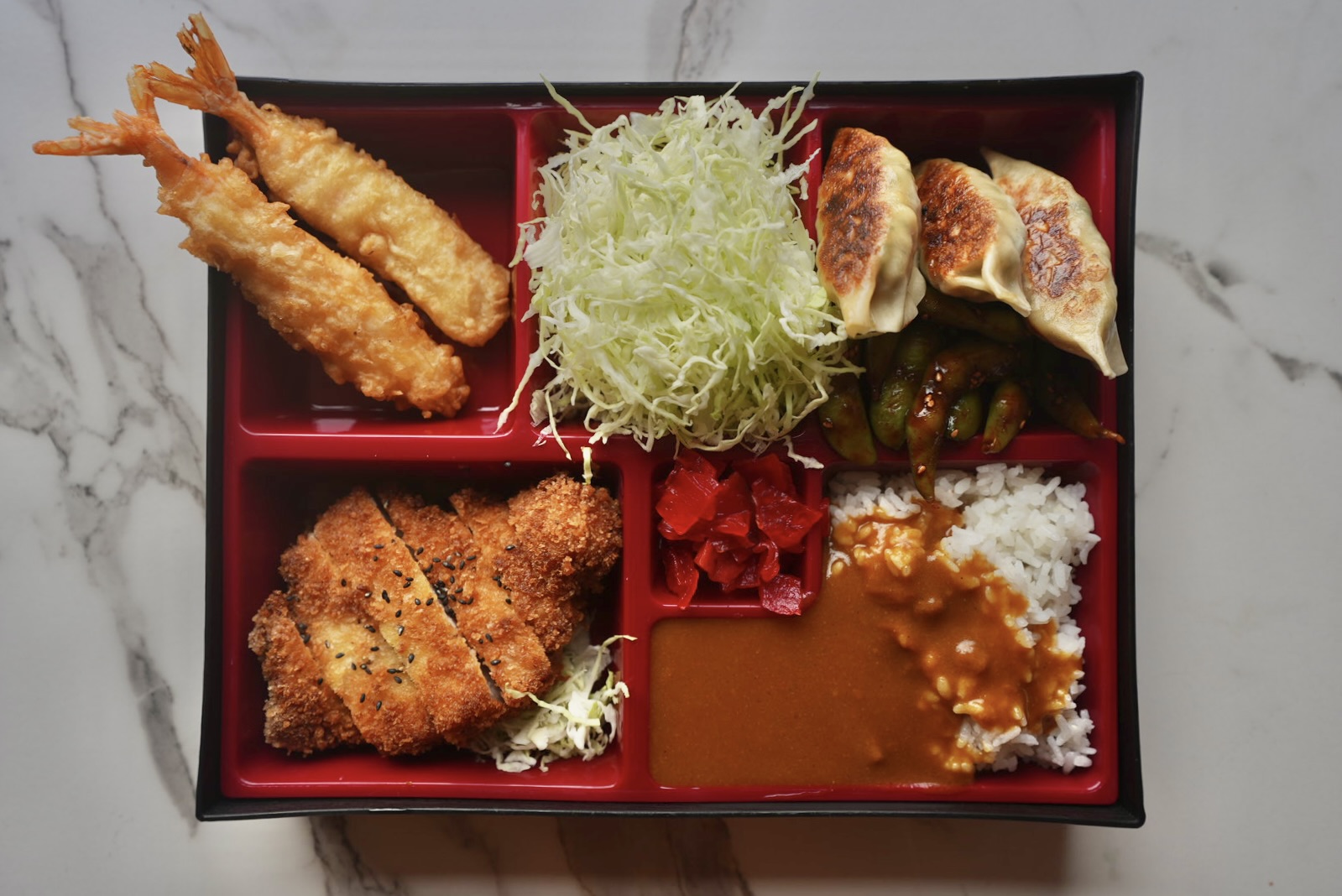
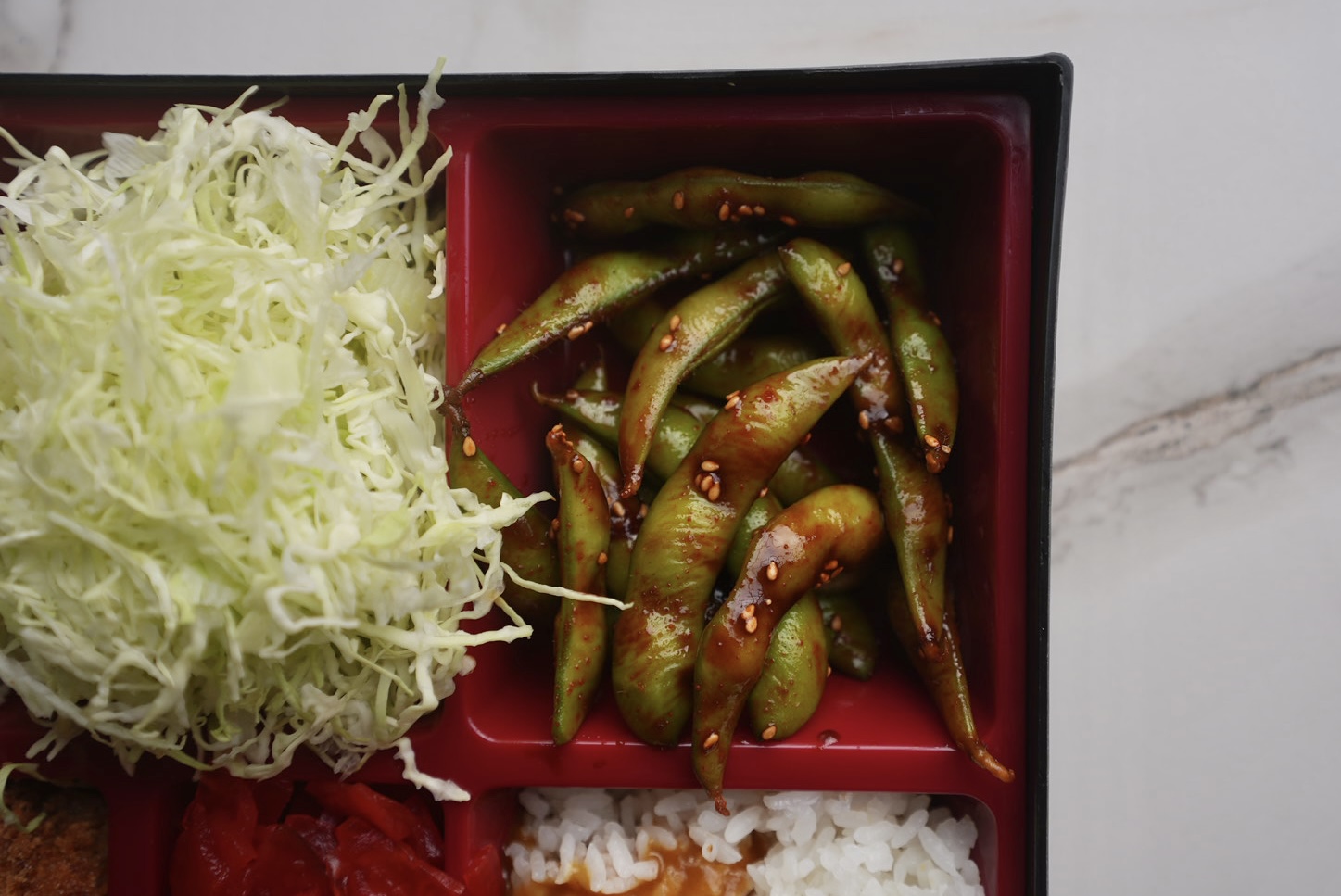
Why are Katsu and curry so commonly paired? That has always seemed strange to me.
I’m not sure, but I’m glad they are! Such a delicious pairing! The sauce goes so well with the crunch of the katsu. Kind of like cutlets on spaghetti sauce.
Combining crispy katsu with curry sauce is a favorite. The curry base was super rich!
Favorite of mine, as well! So good 🙂 Thanks, Daphne!
Found this recipe after a Japan trip and desperately wanting to re-create the flavors at home. Mission success! I love the simplicity of this meal and the bit about adding flour directly to the egg wash! Swapped the pork for chicken and it was the crispiest we have ever had. Super easy to scale up carrot/potato amount as desired. I do recommend adding a bit of tomato paste to the curry roux at the end it really gives an extra depth of flavor, especially if you are using the mild curry roux in case you are like me and have some spice intolerant members of your family 😉
Thanks for sharing Hannah! Glad you enjoyed it 🙂